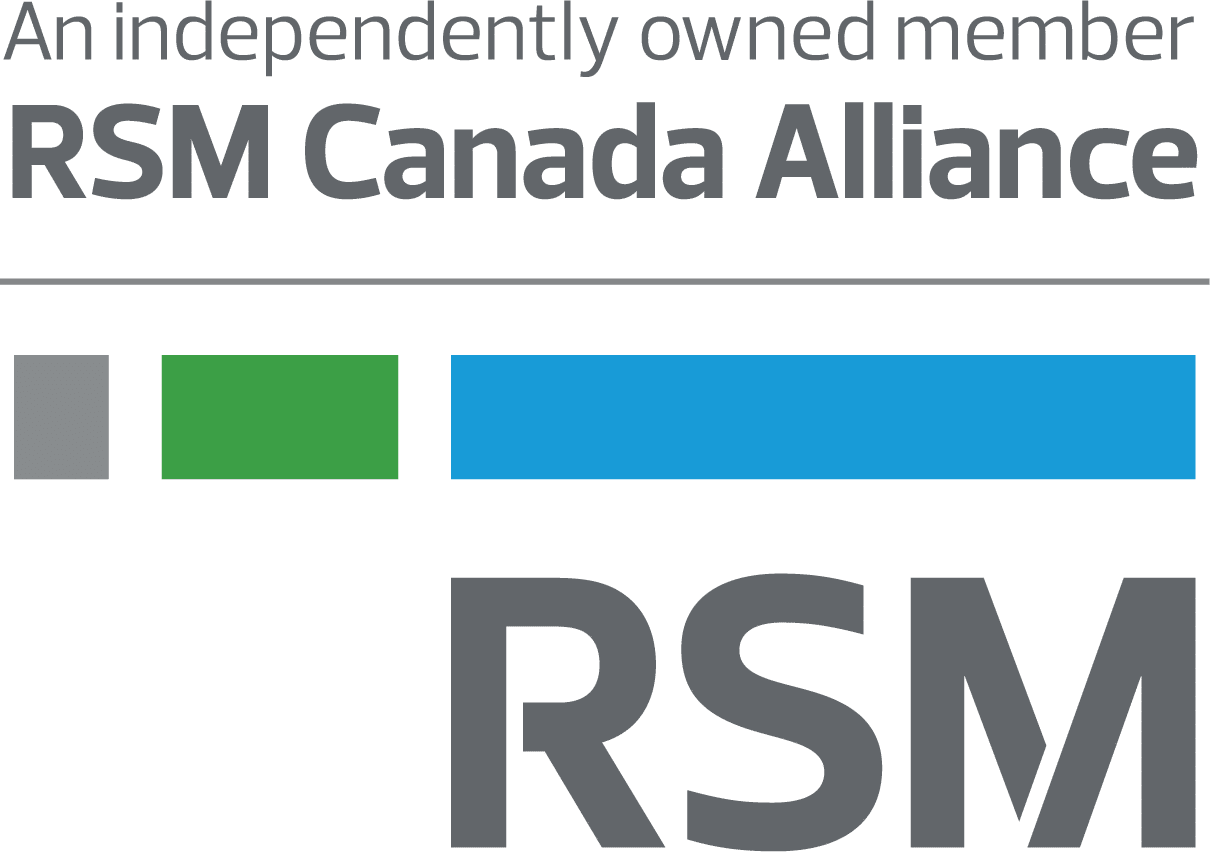
Starting a business requires a lot of planning and learning. All companies begin as sole proprietors and later convert into a business structure. Depending on the nature of your business, size, vision and planning, you can determine whether to remain a sole proprietorship, make it a corporate partnership, or set up a holding company. Each structure has its pros and cons. Hence, small business owners should learn about these structures, discuss them with a professional accountant and ensure they have a tax-efficient and cost-effective business structure.
In this article, we will look at the key differences between an operating and holding company to help you decide the suitable structure for your business.
The Benefits of Having a Company Structure
Before diving into different company structures, let’s understand what a company means to a business.
A company is a separate legal entity that can exist till perpetuity, unlike a sole proprietorship that ends with the owner. Your company can outlive you and continue to be run by future generations for hundreds of years. A company is owned by shareholders and managed by managers, directors, and employees. As a company has a separate legal standing, it is not affected by the credit situation of directors or shareholders. It can borrow or raise money, have its credit score, and buy and sell assets.
A company structure is also tax beneficial as Canadian corporations enjoy several tax benefits and a lower tax rate than individuals. Moreover, transferring company ownership to future generations, employees, or acquirers is easier. All these benefits come at a cost, as you have to maintain books of accounts, file taxes, do payrolls, and comply with reporting and legal requirements for a company.
Let’s see how an operating and a holding company add value.
What is an Operating and a Holding Company?
An operating company is a company that performs business operations. It hires employees, sells goods and services, earns revenue from its operations, and incurs operating expenses.
A holding company is a company that holds a controlling stake in an operating company or holds assets like real estate, equipment, investments, and intellectual property.
For instance, Tom manufactures and sells tyres through “Tom Tyres”. Tom Tyres reports revenue on the sale of tyres and incurs the cost of manufacturing and operating the store. T Holdings own 100% shares of Tom Tyres and have no operations of its own. And Tom owns a 100% stake in T Holdings. Here T Holdings is a holding company, and Tom Tyres is an operating company.
Why open a holding company when Tom can directly own Tom Tyres? This is where the working of the two companies comes in.
Difference In The Working of The Company
An operating company works as a typical company that manages day-to-day operations and aims to generate profits for its shareholders. The management has industry expertise and takes up business risks like a slowdown in demand, supply shock, and product recall. At the same time, the operating company also taps business opportunities to expand organically or through mergers. The operating company raises capital through debt or equity to invest in the business and buy assets for business use. It has its own credit risk.
If the business owner goes bankrupt, the company’s profits and business assets are unharmed as the operating company owns them. Similarly, a business owner’s liability is limited to the shares owned. If the company goes bankrupt, the business owner’s personal assets like house, car, and investments under his name are unaffected.
A holding company has no operations of its own. However, it owns assets and controlling stakes in operating companies, called subsidiaries. The holding company’s management oversees the working of the operating company’s management without interfering in operations. It only uses its control for significant policy decisions like mergers or dissolution.
A holding company and its subsidiaries are different companies. So if the subsidiary faces a credit risk, creditors can take the assets of that operating company. But they cannot claim the holding company’s assets.
For instance, T Holdings holds two retail stores and leases them to Tom Tyres. In a scenario where Tom Tyres faces credit default, creditors only have a claim on Tom Tyres’ assets. T Holdings owns the retail stores, so they are protected from Tom Tyres’ credit risk.
Difference In The Company’s Purpose
A small business owner creates an operating company to do business and make it last longer. A business owner creates a holding company to protect assets from business and credit risk and make withdrawals from a business tax efficiently.
Setting up a business structure requires a lot of tax and legal planning with a long-term focus. A professional tax consultant has hands-on experience dealing with different business structures. They can help you craft an ideal business structure suitable for your scenario.
Contact Ford Keast LLP in London to Help You With Reporting Requirements
Talk to a professional accountant and tax advisor to help you meet all reporting requirements to set up a business. At Ford Keast LLP, our accountants and tax advisors can provide services such as incorporating a company, maintaining books of accounts, and all other reporting requirements. To learn more about how Ford Keast LLP can provide you with the best accounting and tax expertise, contact us online or by telephone at 519-679-9330.




